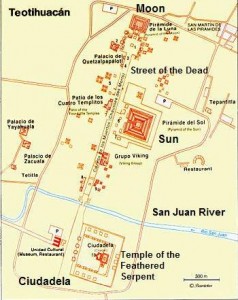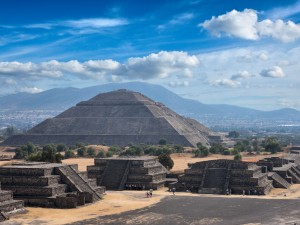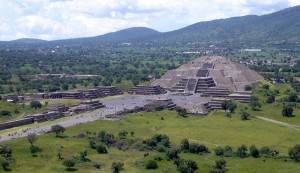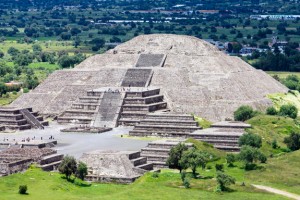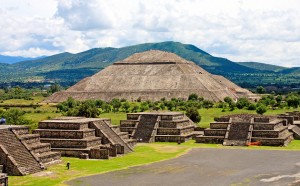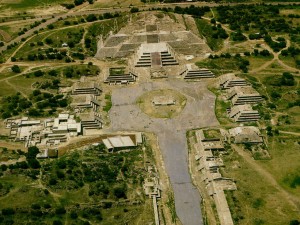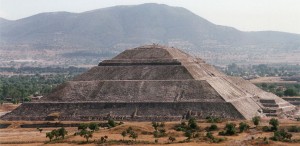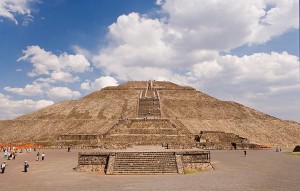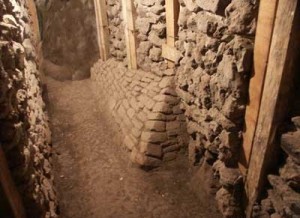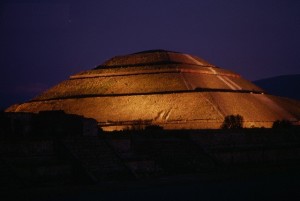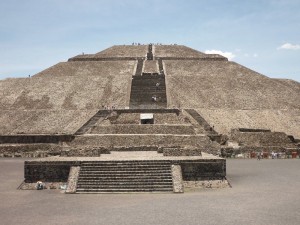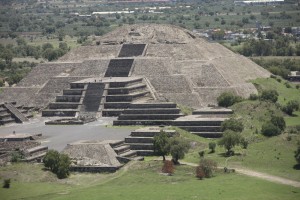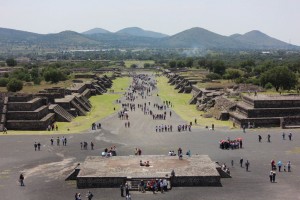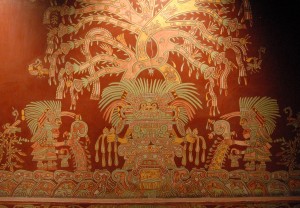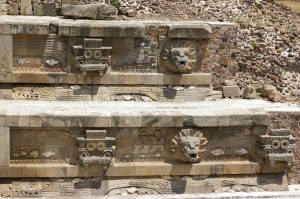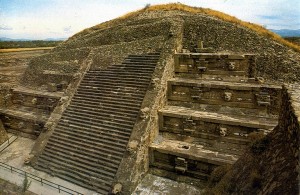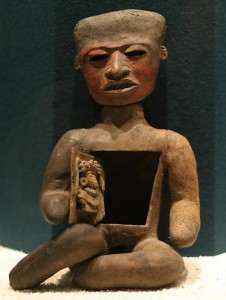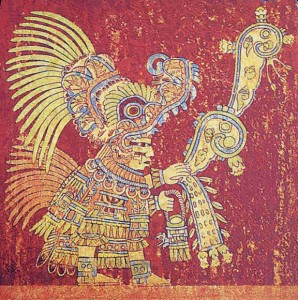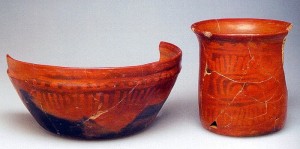Written by Soudip
February 23rd 2015Other Places
You Are Here
Home > Mexico > Monuments of Tlacotalpan Historical Facts and PicturesPre-Hispanic City of Teotihuacan Historical Facts and Pictures
The pre-Columbian Mesoamerican city of Teotihuacan (pronunciation: teotiwa’kan), known for its architecturally important Mesoamerican pyramids, temples, multi-family residential compounds, and vibrant murals, is located about 30 miles northeast of contemporary Mexico City. Characterized by large sized monuments that were laid out on both symbolic and geometric principles, Teotihuacan was one of the most important cultural centers extending its artistic and cultural influences throughout Mesoamerica. Both the cultural complex and the civilization, associated with the archaeological site, are known as Teotihuacano or Teotihuacan.
Teotihuacan History
Since not much information is available about the origin of Teotihuacan, the history of its foundation is quite uncertain. Many scholars have hypothesized that an eruption of Xitle volcano could have caused a mass evacuation out of central valley, leading to the foundation of the Teotihuacan city. Others believe that the city was founded by the Totonacs. Although the city was at its peak during the 1st-7th centuries AD with 250,000 inhabitants, humans started settling in the valley long before Christian era with constructions of the earliest buildings believed to have started in 200 BC. The city was burned and destroyed during the 7th-8th centuries due to an internal unrest.
Pyramid of the Sun
Situated at the “Avenue of the Dead”, this is the largest monument in the city and the third largest pyramid in the world. The Aztecs, who came to Teotihuacan long after its abandonment, named this monument as “Pyramid of the Sun”. Reaching to a height of 246 feet and extending across 738 feet, the pyramid was built in two phases.
Pyramid of the Moon
This is the archaeological site’s second largest monument providing bilateral symmetry to the temple complex. The platform on top of the pyramid was dedicated to “the Great Goddess” as well as the goddess of creation, fertility, water, and the earth. Excavations beneath the pyramid have revealed that it underwent six renovations.
Avenue of the Dead
This broad central avenue in the city is lined by remarkable places of worship as well as ceremonial monuments like the pyramids and the palaces of Yayahuala, Jaguars, and Quetzalmariposa. An area called the “Citadel”, consisting of the ruins of “Pyramid of the Feathered Serpent”, is located further down this avenue.
Artifacts
Numerous artifacts including stone masks and mural decorations have been found. Human figurines and obsidian arrowheads have been found inside the Pyramid of the Sun. Archeologists have excavated a tomb consisting of a human sacrificial victim along with serpent, puma, jaguar, wolf, and other relics at the Pyramid of the Moon.
Category
MexicoWritten by Soudip
February 23rd 2015










